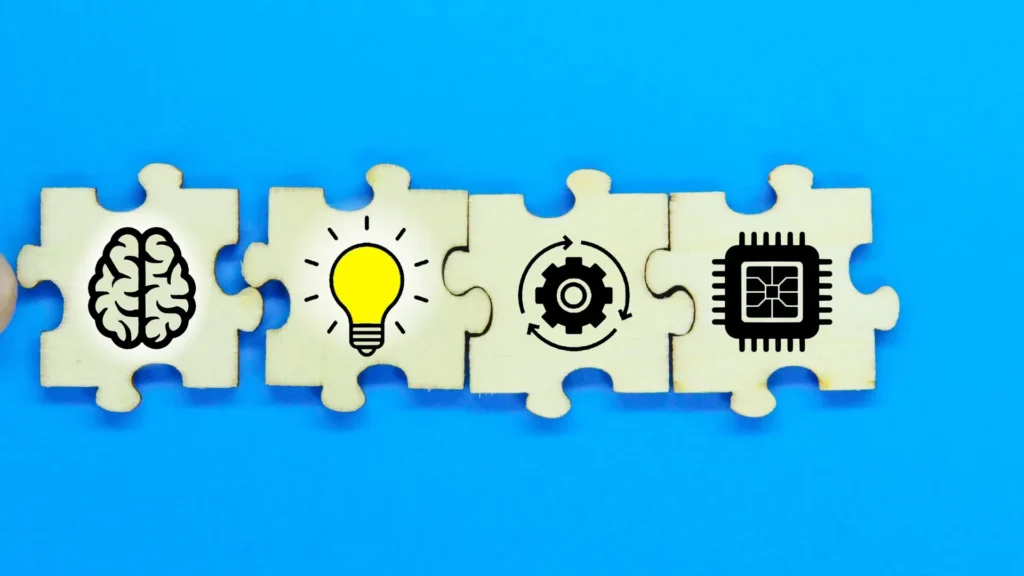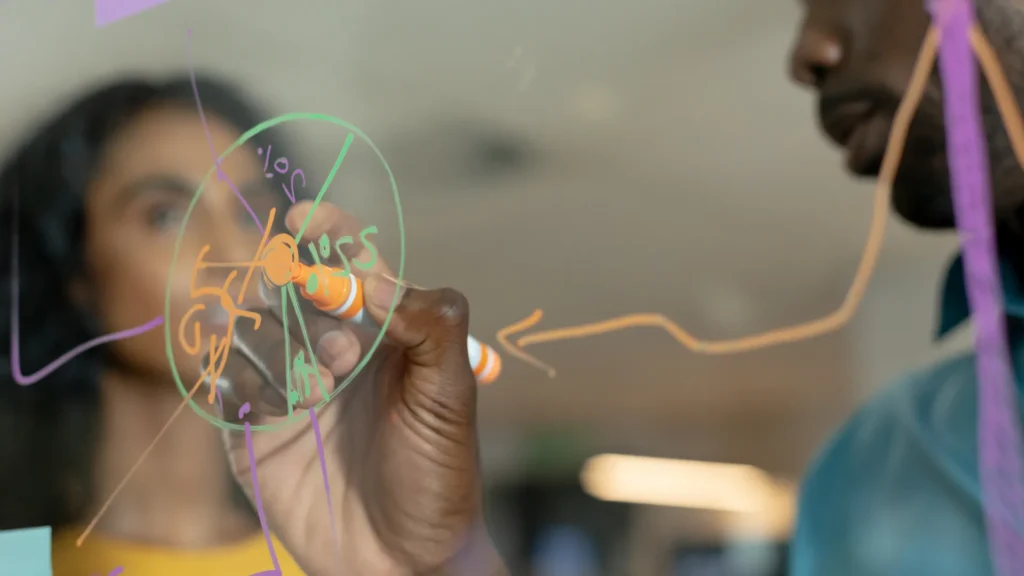
5 Proven Strategies for Building a Culture of Innovation
What separates a business that survives from a business that leads? Often, the answer is found in its innovation culture. An organization’s capacity for generating, testing, and implementing new ideas is its greatest asset in a fast-paced world. An innovation mindset does not appear. Its construction must have a purpose, its cultivation must have care, and its champions must come from the top. It’s a complete operational philosophy.
For AES Holdings, developing this innovation environment is a continuous process. The work concerns cultivating conditions where creative development is a daily practice, not an occasional event. Let’s look at five proven strategies any organization can use to construct a durable and practical culture of workplace innovation.

Why an Innovation Culture Matters
First, let’s be clear about what we discuss. An innovation culture is an environment where new ideas receive encouragement, support, and celebration. It’s a workplace where employees feel safe to question the status quo and propose new methods. In such a place, organizational innovation becomes the norm. Companies with this cultural DNA are more agile and equipped to solve their customers’ complex problems. They attract top talent and consistently outperform their competition. A healthy innovation culture is a powerful engine for long-term, sustainable growth.
Encourage Open Communication and the Exchange of Ideas
Innovation begins with a suggestion, a question, or a half-formed idea. For these seeds to grow, they need fertile ground. Open communication is the ground. Leaders must establish clear, accessible channels for employees to share their thoughts without fear of criticism. This could be a digital ideas portal, regular idea sessions, or an open-door policy with management. The key is showing that all ideas have value and will be considered. When people see that their suggestions are heard, they are more inclined to contribute. This free flow of concepts is the lifeblood of employee-driven innovation.

Reward Creative Thought and Intelligent Risk
People follow incentives. If an organization’s structure only rewards safe play, then employees will do just that. To construct a genuine risk-taking culture, there must be rewards for intelligent risks, even those that fail. A failure can provide valuable lessons for the next attempt. Innovation rewards can take many forms. They might be financial bonuses, public recognition in company meetings, or the opportunity to lead a new project. A company’s acknowledgment of creative effort tells the workforce that new thought is a prized commodity. This validation is a powerful motivator for creative collaboration.
Provide Time and Resources for Experimentation
Great ideas wither on the vine without the resources for their examination. One of the strongest signals of employee empowerment is when a company allocates specific time and budget for experiments. Some well-known tech companies famously allow their engineers a portion of the workweek for personal projects. You may not need a program that formal, but the principle is sound. The allocation of a small budget to a team for a pilot project or dedicated hours to research a new concept shows commitment. This is one of the best innovation practices that separates companies that talk of innovation from companies that live it.

Promote Cross-Functional Collaboration
Innovation rarely happens in a silo. The most potent solutions often arise from the intersection of different disciplines. An engineer, a marketer, and a finance expert will look at a problem from completely different angles. The promotion of cross-team collaboration brings these viewpoints together. It breaks down departmental walls and encourages a holistic approach to problem-solving. A company can facilitate this with mixed-department project teams, shared physical or digital workspaces, and company-wide challenges. Some of the most unexpected and powerful ideas are born in this creative collaboration.
Lead by Example with Innovation-Driven Leadership
Employees look to their leaders for cues. If a leadership team is closed-off, resistant to new ideas, and committed only to the short term, any talk of innovation will seem hollow. Leadership in innovation requires the demonstration of desired behaviors. Leaders should be curious, ask questions, challenge their assumptions, and celebrate the innovative work of their teams. When a CEO gets excited over a new prototype or a department head champions a risky project, it sends a powerful message. True workplace innovation requires leaders who are active participants, not just passive observers.

How to Overcome Resistance to Change
Any new initiative will meet some resistance. People are naturally comfortable with established routines. To overcome this inertia requires empathy and clear communication. Explaining the “why” behind the push for greater innovation is essential. How will it benefit the company? How will it create new opportunities for employees? A good strategy is to start small, score some early, visible wins, and use those successes to build momentum. When people see the positive results of a new process or idea, their skepticism often gives way to enthusiasm.
How to Measure the Health of an Innovative Culture
How do you know if your efforts work? You need to measure the health of your innovation culture. This goes well past the simple count of patents or new products. You can use employee surveys to gauge sentiment—do people feel their ideas are valued? You can measure the number of ideas submitted through your channels and track how many go to prototype. You could also monitor the level of cross-team collaboration on new projects. These metrics give you a tangible sense of your progress and show you where to put more effort into it.

How to Sustain Innovation from Within
A culture of innovation must be self-perpetuating. It becomes part of the organization’s DNA. This happens when employee-driven innovation is so ingrained that it continues organically. Companies achieve this state through consistent reinforcement of the other strategies. They continue to reward creativity, they keep communication channels open, and their leaders consistently model an innovation mindset. The goal is to create a perpetual machine of creativity, where the organization always seeks a better way forward.


